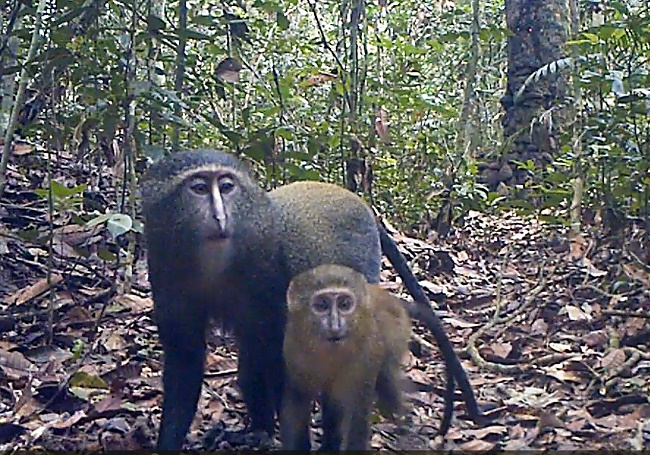A groundbreaking report by the World Wildlife Fund (WWF) has documented 742 new species discovered in the Congo Basin over the past decade, highlighting the region’s remarkable biodiversity and urgent conservation needs.

The report, “New Life in the Congo Basin: a Decade of Species Discoveries (2013–2023),” reveals a stunning array of previously unknown wildlife, including unique orchids, new coffee species, a clawed frog, crocodile, electric fish, owl, spiders, turtles, and a monkey species locally called the “lesula”.
“The Congo Basin is not just a biodiversity haven; it is essential for the well-being of over 75 million people who depend on its resources,” said Dr. Martin Kabaluapa, WWF Regional Director for the Congo Basin.
The discoveries span six countries, with Gabon leading at 262 species, followed by the Democratic Republic of Congo with 259 and Cameroon with 238.
The species include 430 plants, 140 invertebrates, 96 fish, 22 amphibians, 42 reptiles, two birds, and 10 mammals.
Known as the “lungs of Africa,” the Congo Basin is the world’s largest carbon sink, absorbing more carbon than the Amazon.
It sequesters 600 million metric tonnes more carbon dioxide annually than it emits.
The report comes amid growing concerns about global wildlife population declines. WWF emphasised the critical role of indigenous communities in conservation, noting that many newly described species have long been familiar to local populations.
“For centuries, indigenous communities have lived in harmony with the forests,” said Moise Kono, Indigenous Peoples Coordinator for WWF Cameroon.
“Recognising their knowledge is integral to conservation success.”
The organisation calls for urgent action to protect the region, with governments aiming to place 30% of their land under protection by 2030.
